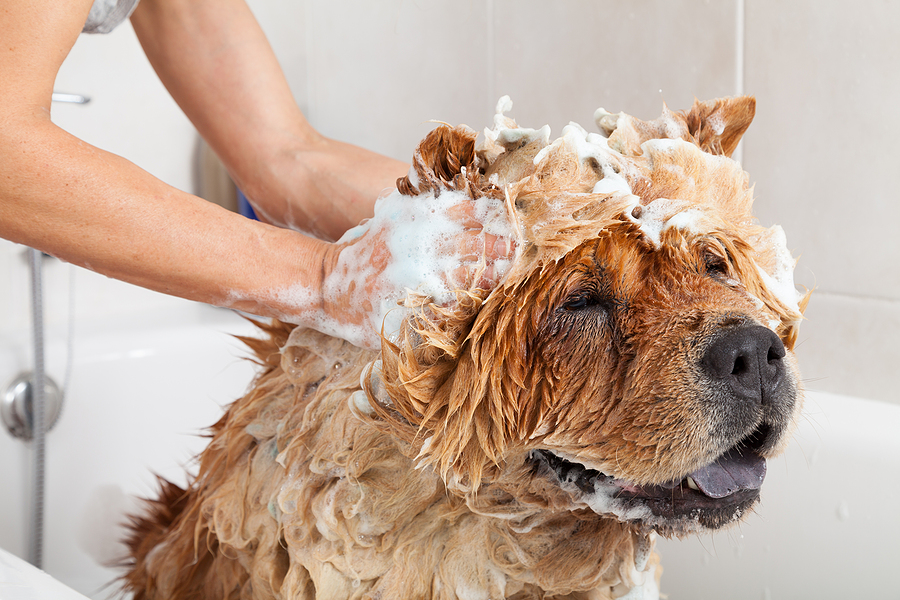Wildlife visits might seem charming at first, but for many homeowners, they can quickly turn into a nightmare. Raccoons rummaging through trash bins, squirrels nesting in attics, or skunks making their presence known in the most pungent way are all problems no one wants to deal with. Did you know, however, that your landscaping choices can significantly impact whether your yard becomes a magnet for these nuisance animals?
From routine tree trimming to strategic plant selection, proper lawn care can help prevent animal infestations while maintaining a beautiful, welcoming outdoor space. This guide will walk you through the connection between landscaping and wildlife control, offering actionable tips to make your yard less appealing to pesky critters.

Common Wildlife Problems Homeowners Face
Before we explore solutions, it’s helpful to understand the problem. Several nuisance animals are notorious for causing trouble when they feel too “at home” in your yard or property.
Raccoons
These clever critters are experts at finding food and shelter, often tipping over trash bins or sneaking into attics. Raccoons are especially drawn to areas with accessible food sources or dense cover.
Squirrels
Squirrels might seem harmless, but these energetic rodents can chew through roofing and wires, causing damage to your home. They favor properties with overhanging tree branches.
Skunks
Skunks leave an unmistakable impression, usually for all the wrong reasons. They favor hiding spots like overgrown gardens, woodpiles, or bushes.
Opossums
Opossums are nocturnal scavengers that may take shelter under decks or in sheds and love areas with dense vegetation.
Groundhogs and Chipmunks
Groundhogs and chipmunks are burrowing creatures that wreak havoc on gardens and destabilize yards, leaving behind unsightly holes.
These animals don’t show up randomly. Often, their presence is a direct result of landscaping choices that inadvertently provide food, shelter, and access to your home.
How Tree Trimming Can Help Deter Wildlife
Tree trimming is one of the most effective yet overlooked strategies for wildlife control. It not only enhances the aesthetic appeal of your yard but also distances your property from unwelcome wildlife.
Remove Access to Your Home
Overhanging branches act like express highways into your attic for agile climbers like squirrels and raccoons. Trim back branches at least 6–10 feet away from your roofline to make it harder for animals to gain entry.
Eliminate Shelter
Dense, unkempt trees can serve as nesting sites for critters. Regularly pruning and thinning trees reduces the likelihood of animals making a home there.
Reduce Food Sources
Some trees produce fruits or nuts that attract animals. Trimming these trees can limit accessible food and encourage critters to seek sustenance elsewhere.
By incorporating professional tree trimming into your routine lawn maintenance, you’ll make significant strides in keeping animals at bay.
Contact Us for Licensed Wildlife Control
Other Landscaping Tips to Keep Wildlife Away
Beyond tree trimming, there are additional landscaping strategies you can implement to deter nuisance wildlife.
Opt for Minimalist Landscaping
- Why it works: Minimalist designs or xeriscaping reduce hiding places and food sources.
- How to do it: Limit dense vegetation, replace shrubs with gravel, and use hardscaping features like stones and pavers.
Maintain Open Lawns
- Why it works: Open lawns offer less cover for animals, making them feel more exposed to predators.
- How to do it: Keep grass well-mowed, reducing tall vegetation that can provide hiding spots.
Choose Native Plants Thoughtfully
- Why it works: Some native plants attract fewer nuisance animals while benefiting your local ecosystem.
- How to do it: Consult a landscaping expert to ensure that your choices support natural wildlife control without drawing unwanted visitors.
Use Repelling Plants
- Why it works: Certain plants emit scents that animals dislike.
- How to do it: Incorporate plants like daffodils, marigolds, garlic, and mint into your garden to naturally repel critters like skunks and groundhogs.
Avoid Dense Shrubs and Overgrown Gardens
- Why it fails: Dense vegetation provides ideal shelter for animals like opossums and chipmunks.
- How to fix it: Regularly trim bushes, clear fallen leaves, and maintain tidy garden beds.
Position Fruit Trees Carefully
- Why it fails: Fruit-bearing trees near your house draw animals by acting as irresistible food sources.
- How to fix it: Plant fruit trees strategically toward the edges of your property and regularly harvest fruits before they fall to the ground.
Why Landscaping Matters for Wildlife Control
Thoughtful lawn care and landscaping go beyond enhancing your home’s curb appeal. They play a pivotal role in maintaining a wildlife-free yard that minimizes the risk of animal infestations. Here’s why it matters:
- Prevents Damage: Keeps animals from chewing wires, burrowing, and damaging structures.
- Saves Money: Reduces expenses on extensive wildlife removal and repairs.
- Protects Health: Limits exposure to diseases carried by nuisance animals.
Take Action for a Wildlife-Free Yard
By incorporating proper landscaping techniques like tree trimming, adding repelling plants, and maintaining an open lawn, you can significantly reduce the likelihood of nuisance wildlife taking over your yard. Remember, proactive lawn maintenance is a long-term investment in the health and safety of your home.
Need help transforming your yard into an animal-proof haven? Contact Virginia Wildlife Pros today for professional wildlife control services and landscaping solutions tailored to your needs. Your perfect yard awaits!
Related Post: Tree Trimming and Vegetation Control to Deter Nuisance Wildlife









